Applying for a UK Student visa (officially called the “Student Route visa”) requires careful attention to detail and preparation. Let’s break down the essential steps to ensure a smooth application process.
Step 1: Secure Your Spot at a UK University (Get Your CAS!)
Before you can even think about a visa, you need an offer from a university or educational institution in the UK that is a licensed student sponsor. This is the absolute first hurdle.
- Apply and Get an Unconditional Offer: Research your desired courses and universities, apply, and successfully secure an unconditional offer of a place.
- Receive Your CAS (Confirmation of Acceptance for Studies): Once you’ve accepted your unconditional offer and, in some cases, paid a deposit, your university will issue you a CAS. This is a unique electronic reference number that confirms your place. It’s crucial for your visa application.
- Tip: Your CAS will include vital information like your course details, tuition fees, and how your English language ability was assessed. Make sure all details are accurate!
Step 2: Show Them the Money – Financial Requirements
The UK Home Office needs to be sure you can support yourself and pay for your studies without relying on public funds. This is a critical part of your application.
- Tuition Fees: You must show you have enough money to cover your course fees for the first academic year (or the entire course if it’s less than one year). Any amount you’ve already paid to the university will be deducted from this total and shown on your CAS.
- Living Costs (Maintenance Funds): This is the money you need for your daily expenses. The amount depends on where you study:
- London: £1,334 per month (for up to 9 months, so £12,006 total for a typical academic year).
- Outside London: £1,023 per month (for up to 9 months, so £9,207 total for a typical academic year).
- Important: You must have held these funds in your bank account (or your parent’s/guardian’s account, with a consent letter) for a continuous period of at least 28 consecutive days. The closing balance date on your bank statement must be no more than 31 days before you submit your online visa application.
- Accepted Evidence: Bank statements, an official financial sponsorship letter, or a student loan letter from a regulated financial institution are usually accepted. Ensure all documents are original or certified copies, and if not in English, include a certified translation.
- Exemptions: Some nationalities or those who have lived in the UK for over 12 months on a valid visa might be exempt from providing financial evidence, but it’s always best to check the official UK government guidance.
Step 3: Prove Your English Language Proficiency
Most international students need to demonstrate their English language skills.
- How to Prove It:
- Secure English Language Test (SELT): Usually, this means passing a UKVI-approved SELT like IELTS for UKVI, Pearson PTE Academic UKVI, or Trinity College London.
- University Assessment: Your university might have assessed your English proficiency directly (e.g., through a previous qualification taught in English), and this will be stated on your CAS. If so, you might not need an additional test.
- Nationality Exemption: If you’re from a majority English-speaking country (e.g., USA, Canada, Australia, New Zealand), you generally won’t need to provide separate English language evidence.
Step 4: Gather Your Documents (The Pre-Application Checklist!)
Organisation is key! Before you start the online application, collect all necessary documents. This will likely include:
- Valid Passport: Must be valid for your intended stay.
- CAS Number: Your unique reference number from your university.
- Financial Documents: As discussed in Step 2.
- English Language Evidence: If required (SELT certificate or university confirmation).
- Academic Qualifications: Certificates and transcripts of qualifications listed on your CAS that your university used to offer you a place.
- ATAS Certificate (if required): If you’re applying for a postgraduate course in a sensitive subject (e.g., certain engineering, technology, or science fields), you might need an Academic Technology Approval Scheme (ATAS) certificate. Your university will tell you if this applies. Apply for this well in advance as it can take time.
- Tuberculosis (TB) Test Results (if required): Depending on your country of residence, you might need a TB test from a UKVI-approved clinic. Check the official UK government website to see if your country is on the list.
- Parental Consent (if under 18): If you’re 16 or 17, you’ll need written consent from your parents/legal guardians and proof of your relationship to them (e.g., birth certificate).
- Previous Visa/Sponsor Letters (if applicable): If you’ve received sponsorship from a government or international scholarship agency in the last 12 months.
- Translations: Any documents not in English must be accompanied by a certified translation.
Step 5: Complete the Online Application & Pay Fees
With all your documents ready, it’s time to apply!
- Apply Online: You must apply for your Student visa through the official UK government website (GOV.UK). Be thorough and accurate with all information.
- Application Fee: The fee for a Student visa is currently £490 (as of April 2025, but always check the latest fee on GOV.UK).
- Immigration Health Surcharge (IHS): This is a mandatory fee that gives you access to the UK’s National Health Service (NHS) during your studies. It’s currently £1,035 per year. You’ll pay the full amount upfront for the entire duration of your visa. There’s an online calculator to work out your exact IHS cost.
Step 6: Biometrics & Identity Verification
This is a crucial step to confirm your identity.
- Book an Appointment: Once you’ve submitted your online application, you’ll need to book an appointment at a visa application centre (VAC) in your country.
- Provide Biometrics: At the VAC, your fingerprints and a digital photograph will be taken.
- Document Submission: You’ll also submit your supporting documents at this appointment, or you might upload them online beforehand, depending on the centre.
- ID Check App (for some EU/EEA/Swiss nationals): If you’re from the EU, EEA, or Switzerland, you might be able to use the “UK Immigration: ID Check” app on your smartphone to scan your identity document instead of attending a physical appointment. You’ll be told if this option is available to you during the online application.
Step 7: The Waiting Game (Processing Time)
- Standard Processing: You’ll usually get a decision on your Student visa application within 3 weeks if you apply from outside the UK.
- Inside the UK: If you’re extending or switching to a Student visa from within the UK, the processing time is usually 8 weeks.
- Priority Services: You can often pay an extra fee for a faster decision (e.g., Priority Service for a 5-day decision, or Super Priority Service for a next-working-day decision), but these services are not always available in all locations and cost extra.
- Be Patient: Don’t book flights until your visa is approved! Sometimes, applications can take longer if more information is needed or if your circumstances are complex.
Step 8: Visa Granted! (Welcome to the UK!)
- eVisa: If your application is successful, you will receive an eVisa, which is an online record of your immigration status. You’ll get instructions on how to access this via a UKVI account.
- Biometric Residence Permit (BRP) – For older visas: Historically, students received a Biometric Residence Permit (BRP) card. However, the UK is transitioning to a fully digital immigration system. If you applied recently for a visa that extends beyond December 31, 2024, you will most likely receive an eVisa. If your visa was granted with a BRP that expires on or before December 31, 2024, you will have received instructions on how to access your digital status in due course. Always check the latest guidance on GOV.UK regarding BRPs and eVisas.
Final Tips for Success:
- Apply Early: Don’t leave it to the last minute! You can apply up to 6 months before your course start date.
- Double-Check Everything: Go through your application and all documents with a fine-tooth comb. A small error can cause significant delays or even refusal.
- Keep Copies: Make digital and physical copies of everything you submit.
- Stay Informed: Visa rules and fees can change. Always refer to the official GOV.UK website for the most accurate and up-to-date information.
Applying for a UK student visa might seem like a lot of steps, but by taking them one by one and paying close attention to detail, you’ll soon be packing your bags and ready to embark on an incredible educational journey in the United Kingdom!

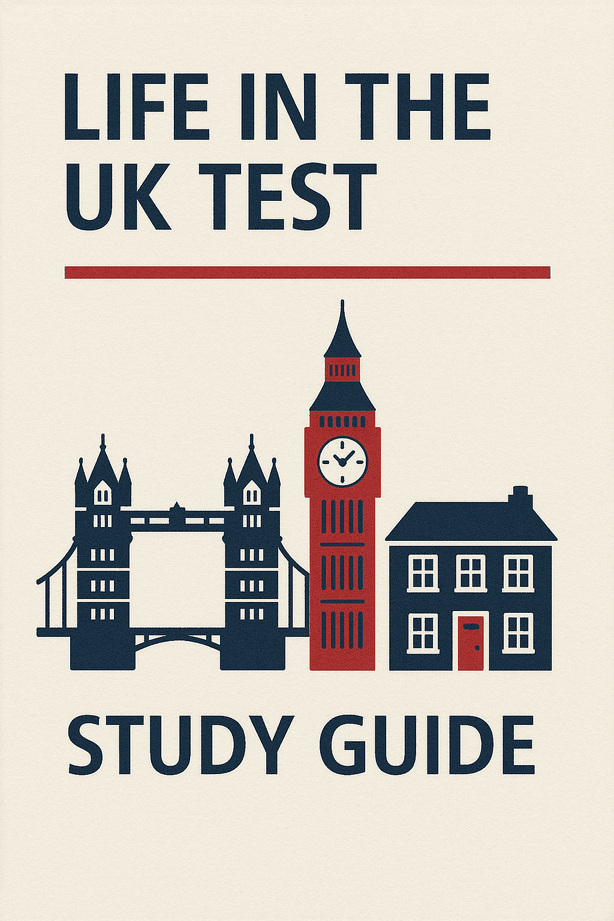
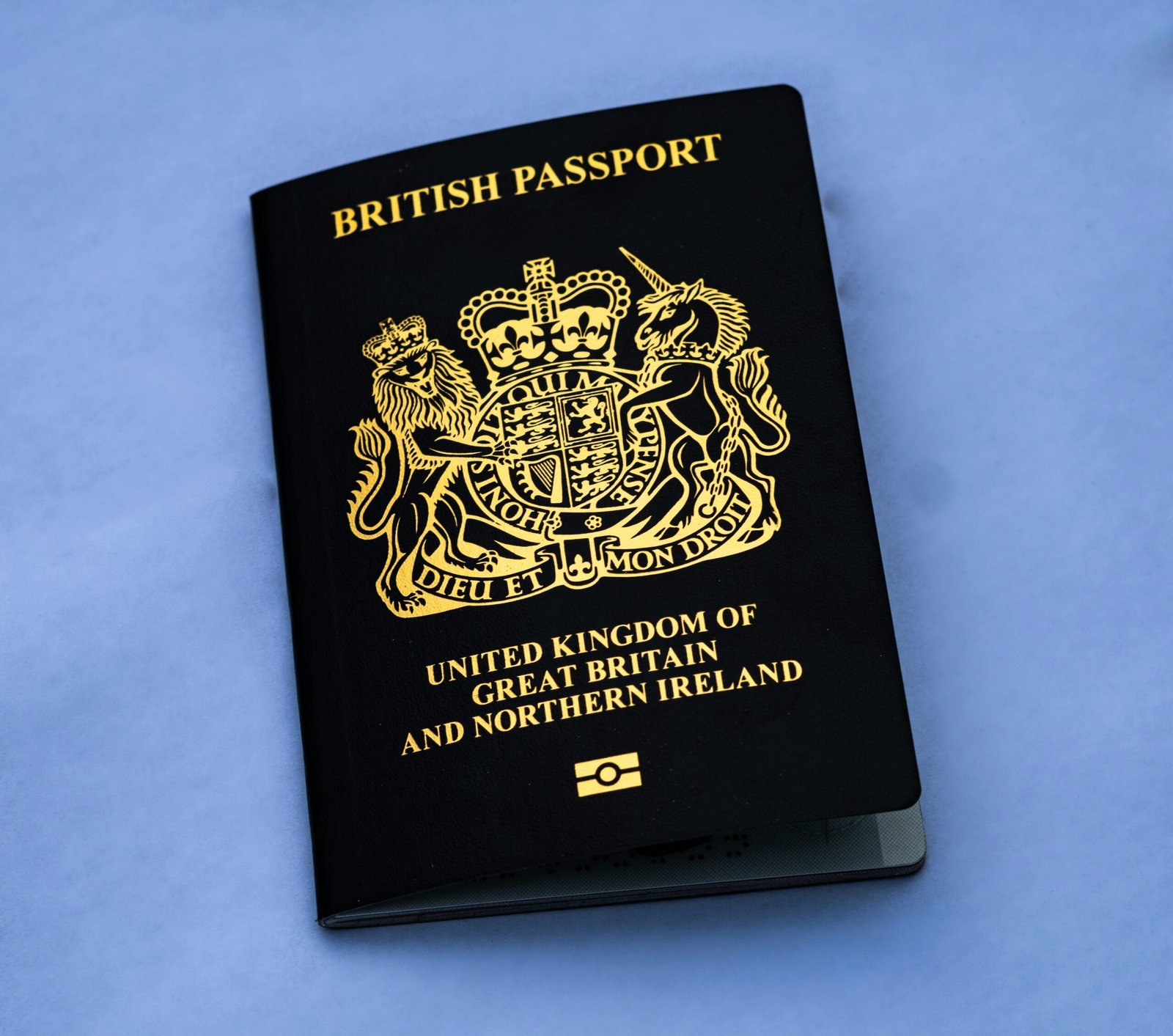
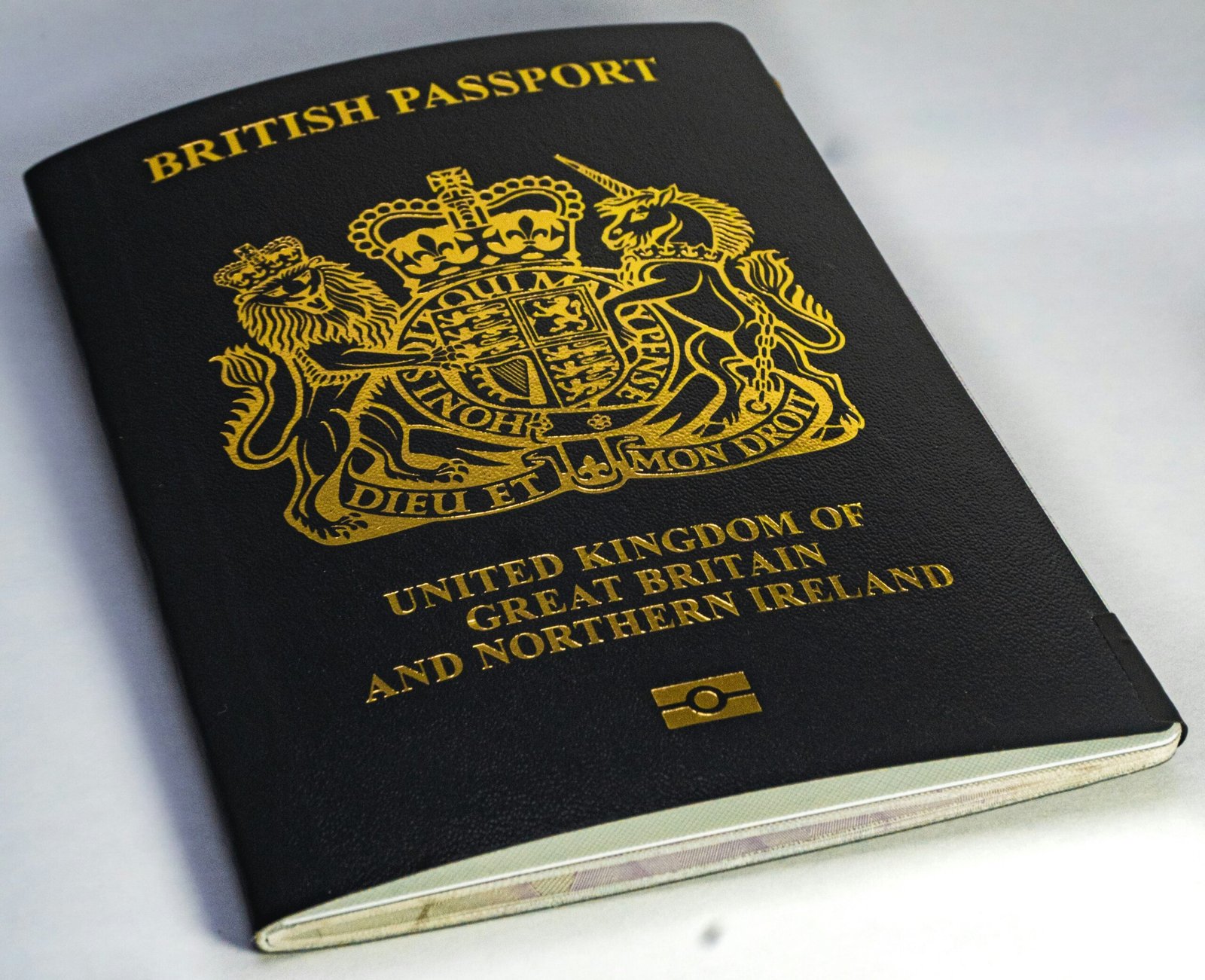

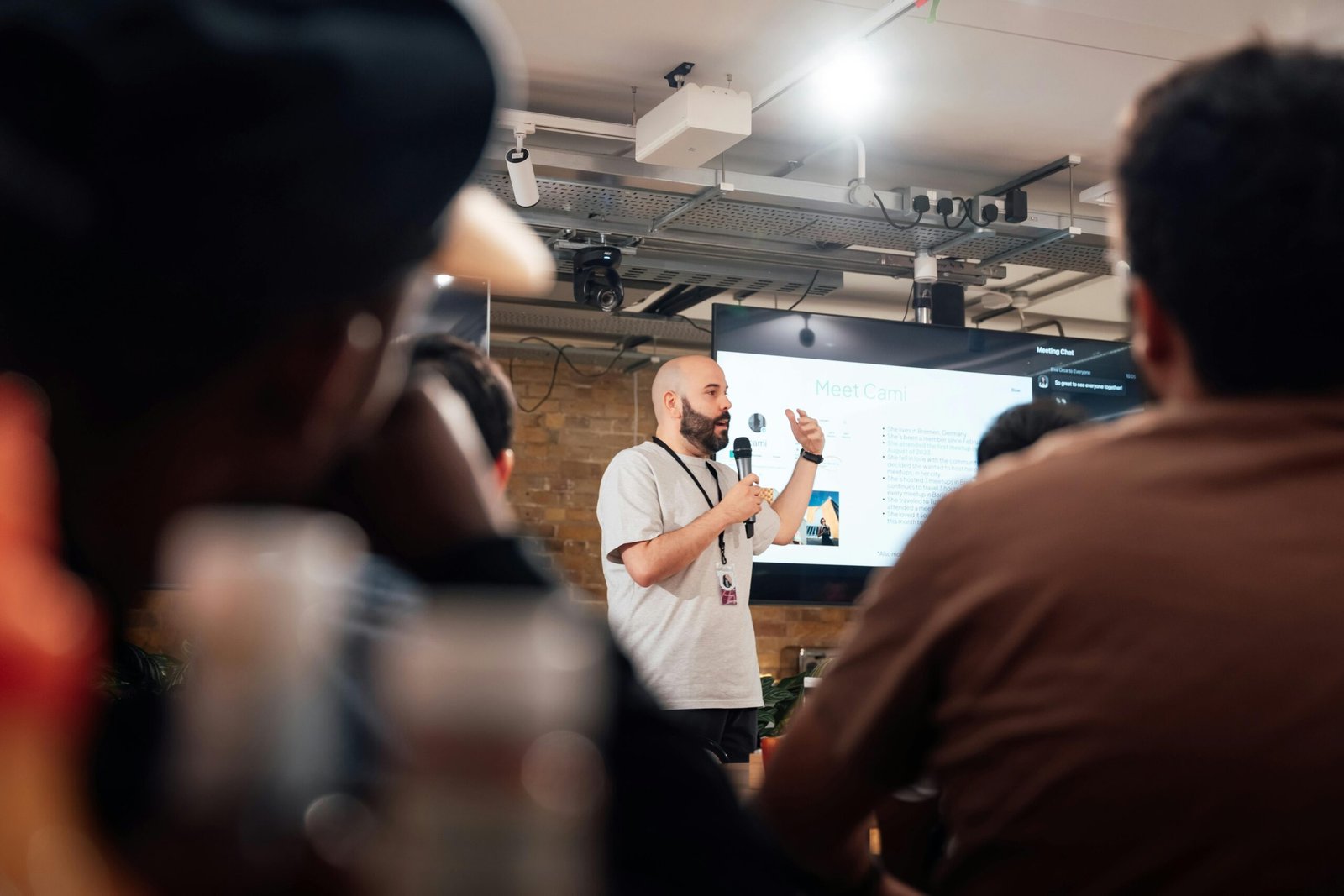




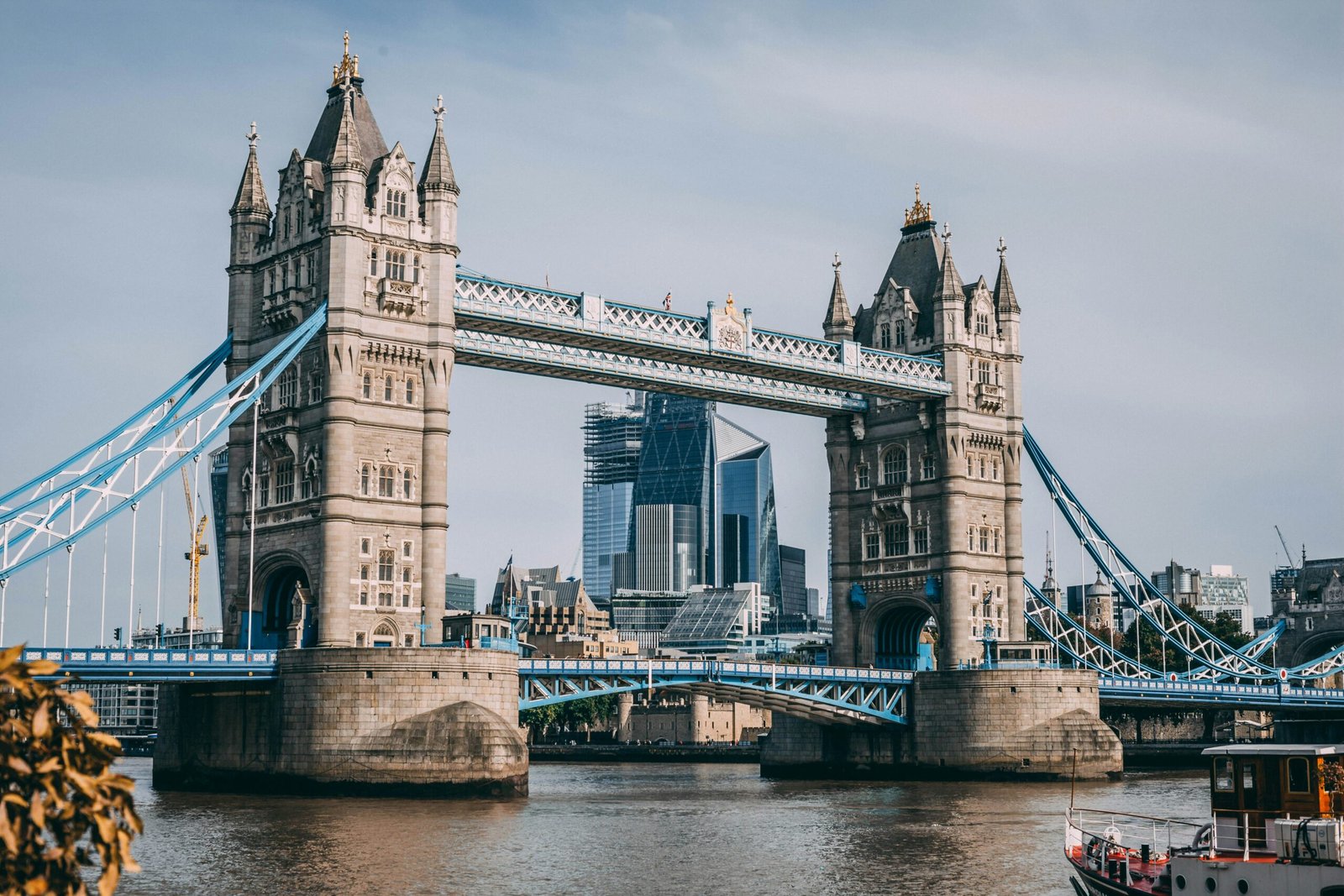




Leave a comment